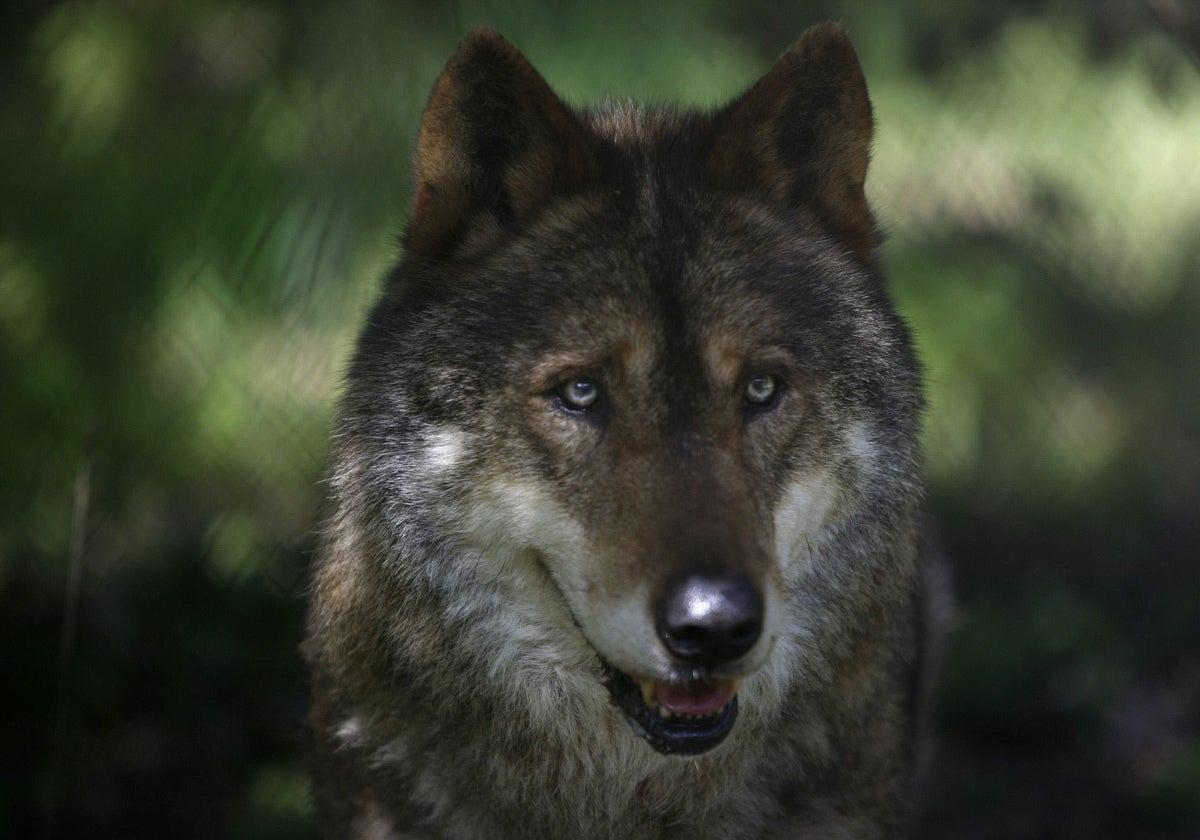Spain has 333 wolf packs, 12% more than ten years ago
The government believes that a further growth of 30% would be needed to announce stable species conservation, so the status remains "unfavourable" for now
Spain has 333 wolf packs, which means that there are 36 more groups of this species than a decade ago, representing an increase of 12%, according to the census concluded by the ministry of ecological transition with the field work of technicians and regions.
This is the first update of the status and distribution of the species on the Peninsula since 2014. Of the 333 packs, which could number between 2,000 and 2,500 specimens, 296 live exclusively in one region and the other 37 are shared, as they migrate between regions.
The data collected between 2021 and 2024 indicates that the main region for the wolf population continues to be Castilla y León, with almost six out of every ten packs (193), followed by Galicia, with 93 and 28% of the total, and Asturias and Cantabria, with 45 and 23 groups each (13% and 7%, respectively).
These four regions account for more than 95% of the animals. The other areas with packs, although many of them shared with other territories, are the Basque Country (2), La Rioja (5), the mountains of Madrid (5), Castilla-La Mancha (4) and Extremadura, which has a breeding herd for the first time this century.
The majority of wolves are in Castilla-León and Galicia, but they are increasing in Cantabria, Asturias, La Rioja and Madrid
The ministry's report concludes that in the ten years between census and census there has been a "stabilisation" of the number of groups in the wolf communities and "moderate growth and expansion" in the limits of what is their traditional habitat - the northwestern half of the Peninsula, north of the Duero river.
The growth would have occurred mainly in the east and southeast of the wolf area, i.e. in Madrid, La Rioja, Castilla-La Mancha and the Basque Country, which have doubled or quintupled their numbers, although the increase is due to shared packs. In proportion, the greatest increases in groups in wolf-producing areas were in Cantabria, with 75% more, and in Asturias, with 35%, although the increase was also due to shared packs.
In the two large wolf-producing areas, Castilla y León and Galicia, which together account for almost nine out of ten wolves, the increase over the decade is more modest. In the former, there were 7.6% more wolves and 10.7% more in the latter.
According to the ministry of ecological transition, this census, in addition to the national monitoring of the species, will be the basis for the report that will be submitted to the EU to establish the conservation status of the species and the criteria for legal protection. The analysis suggests that the report could result in maintaining the same conservation status that the wolf has in Spain today: "unfavourable-inadequate".
Two elements point to this. First and foremost, the ministry says that, despite the 12% improvement, scientists calculate that, "to ensure the genetic viability of the species in the long term" and avoid the risk of extinction, there should be at least 500 packs on the Spanish mainland.
There should be at least a hundred more than those registered (Portugal has 60). Peace of mind would not come until there has been an increase of another 30% in the number of packs.
Possible limitations on hunting
In addition, the ministry says that the "population improvement" is due to the fact that, for three and a half years, from September 2021 to March this year, the wolf has been considered a species with "special protection", which means that hunting has been banned. However, a recent legislative change approved by several right-wing and nationalist parties, has lifted the ban in several areas, allowing hunting under some circumstances, which implies that the numbers will drop again.
In fact, hunting has already decreased the population of wolves in Cantabria, where 9 of 41 wolves to be killed this year have been hunted. Asturias plans to hunt 53 specimens. Galicia and La Rioja are currently blocking the hunting plan, while Castilla y León plans to start hunting as soon as it receives the report that the ministry is sending to the EU by 31 July.
However secretary of state for the environment Hugo Morán said that, if the Spanish wolf's status is assessed as still "unfavourable", the northern regions will not be able to start hunting "automatically" despite the legal change. Authorisations will be granted only for specific and justified cases, which is why the situation will continue to be tightly monitored.

